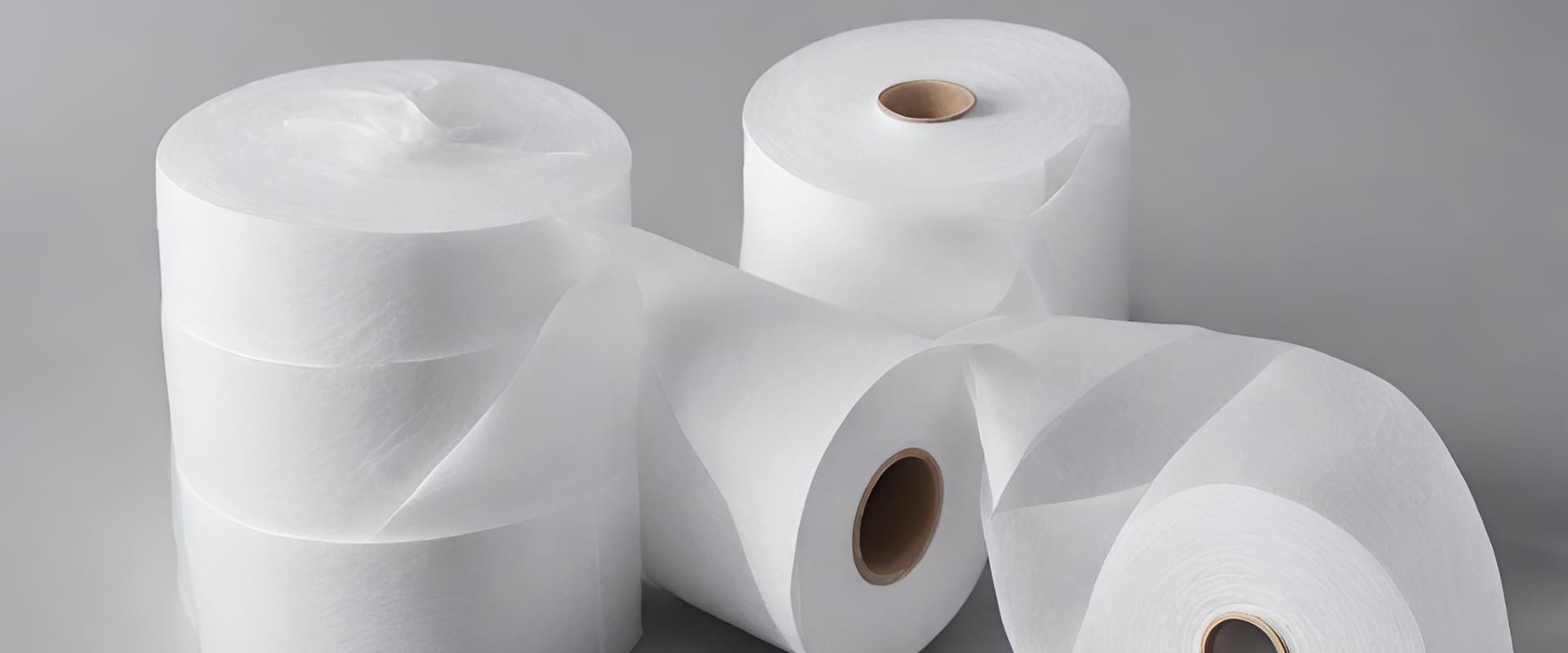Abstract
Tissue Paper Filtration: An Eco-Friendly Approach to Cleaner Water Filtration is a critical process used to remove impurities and particles from various liquids, including water. While traditional filtration methods often involve complex systems and materials, there's an unexpected hero in the filtration world – Tissue Paper!
Blog
Filtration, a fundamental process for purifying liquids, has traditionally relied on intricate systems and diverse materials. However, an unconventional yet effective contender in the world of filtration has emerged – Tissue Paper. This eco-friendly approach presents an innovative and accessible method for achieving cleaner water.
The Basics of Tissue Paper Filtration: Traditional filtration methods commonly employ materials like sand, activated carbon, or synthetic membranes. Tissue paper, on the other hand, stands out as a cost-effective and environmentally friendly alternative. The basic concept involves using tissue paper as a filtering medium to capture impurities and particles from water, rendering it cleaner and safer for consumption.
Key Components of Tissue Paper Filtration:
- Porous Structure: Tissue paper's inherent porous structure serves as a natural filter. The small gaps between fibers create pathways through which water can pass, trapping contaminants in the process.
- Absorbent Properties: Tissue paper's ability to absorb moisture complements its filtration capabilities. This absorbency aids in capturing suspended particles and impurities, contributing to the overall effectiveness of the filtration process.
- Biodegradability: Unlike certain synthetic materials, tissue paper is biodegradable, making it an environmentally responsible choice. After use, it can break down naturally, minimizing its impact on ecosystems.
The Filtration Process:
- Preparation: Tissue paper sheets are prepared and arranged to form a filter medium. The size and thickness of the tissue paper can be adjusted based on the desired filtration efficiency.
- Filtration Setup: The tissue paper filter is incorporated into a filtration setup. Water containing impurities is passed through the tissue paper, allowing the natural filtration process to take place.
- Particle Capture: As water flows through the tissue paper, its porous structure captures suspended particles, sediments, and contaminants. The absorbent properties of the tissue paper enhance the filtration by holding onto impurities.
- Clean Water Output: The filtered water emerges on the other side of the tissue paper, now free from a significant portion of impurities. The result is a cleaner and more purified water source.
Advantages of Tissue Paper Filtration:
- Cost-Effective: Tissue paper is widely available and cost-effective compared to some traditional filtration materials.
- Eco-Friendly: Being biodegradable, tissue paper aligns with sustainability goals, reducing the environmental impact associated with filtration processes.
- Accessibility: Tissue paper filtration is accessible and can be implemented in various settings, especially in resource-constrained areas.
Applications and Considerations:
Tissue paper filtration, while promising, may have limitations in handling certain types of contaminants or achieving high-level purification. Therefore, it is essential to consider the specific water quality requirements and adapt the filtration method accordingly.
Conclusion:
Tissue paper filtration showcases the potential of leveraging everyday materials for addressing water purification needs. Its simplicity, cost-effectiveness, and eco-friendly nature make it a compelling option, especially in contexts where traditional filtration methods may pose challenges. As research and innovation continue in the field of water treatment, approaches like tissue paper filtration contribute to the broader goal of ensuring access to clean and safe drinking water for diverse communities.



